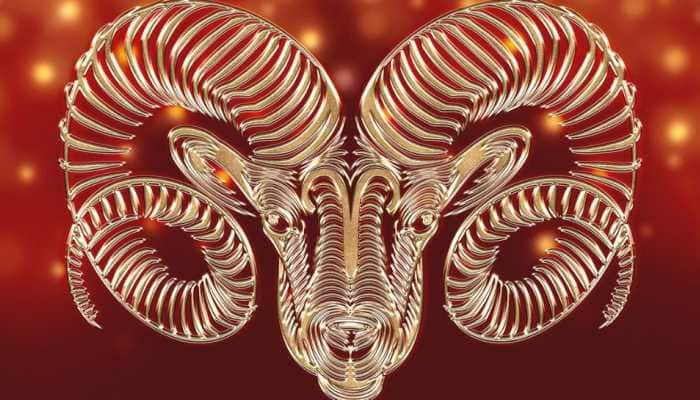Asteroid 2011 ES4 to shuttle past Earth soon at a much closer distance than moon
Measuring 22 meters to 49 meters in diameter, NASA considered the asteroid as 'Potentially Hazardous', although there is no threat associated from it due to its amall diameter.
- 2011 ES4 id listed on the Center for Near-Earth Object Studies' Close Approaches' database
- It will fly past the Earth on September 1 at 10:49 A.M. Eastern Time.
- The asteroid will fly 0.00048 astronomical units away or about 44,618 miles at a speed of 18,253 miles per hour.
Trending Photos
)
New Delhi: NASA has said that asteroid 2011 ES4 will shuttle past the Earth in September at a much closer distance than the moon.
2011 ES4, listed on the Center for Near-Earth Object Studies (CNEOS)'s 'Close Approaches' database, will fly past the Earth on September 1 at 10:49 A.M. EDT. The asteroid will fly 0.00048 astronomical units away or about 44,618 miles at a speed of 18,253 miles per hour.
Measuring 22 meters to 49 meters in diameter, NASA considered the asteroid as 'Potentially Hazardous', although there is no threat associated from it due to its amall diameter.
NASA says, "Potentially Hazardous Asteroids (PHAs) are currently defined based on parameters that measure the asteroid’s potential to make threatening close approaches to the Earth. Specifically, all asteroids with a minimum orbit intersection distance (MOID) of 0.05 au or less and an absolute magnitude (H) of 22.0 or less are considered PHAs."
Meanwhile, in the near term, Asteroid 2020ND, will fly past the Earth on July 24. Measuring 130 m-280 m in diameter, the Asteroid 2020ND is bigger than London Eye. Travelling at a speed of 13.5 kilometres per second or 48,000 kilometres per hour, the asteroid will come within just 0.034 astronomical units (AU) of the earth on July 24.
Asteroids are small, rocky objects that orbit the sun. They are left over from the formation of our solar system. Although they orbit the sun like planets, but they are much smaller than planets. Most of the Asteroids live in the main asteroid belt—a region between the orbits of Mars and Jupiter. About 4.6 billion years ago our solar system began when a big cloud of gas and dust collapsed. During this, most of the material fell to the center of the cloud and formed the sun. Some of the condensing dust in the cloud became planets. The objects in the asteroid belt never had the chance to be incorporated into planets. They are leftovers from that time long ago when planets formed.







)
)
)
)
)
)
)
)
)
)
